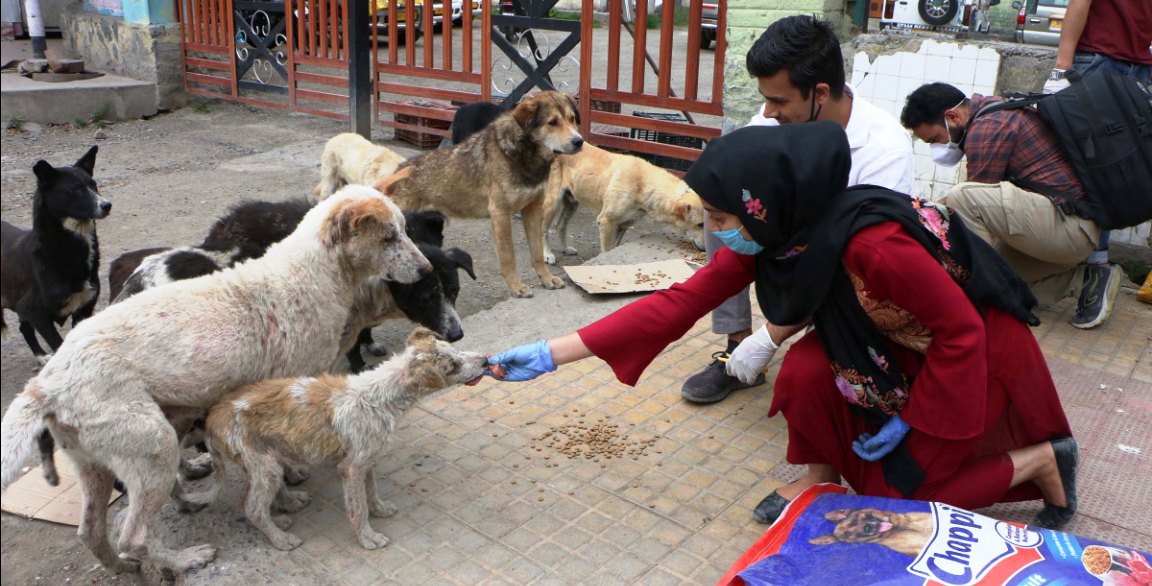
There is not much clarity about the first case of Acquired Immuno Deficiency Syndrome (AIDS) in the world: who the patient was and how he or she contacted the virus are questions that still do not have definite answers.
The closest that researchers have been able to get to the genesis of the disease suggests that the Human Immunodeficiency Virus (HIV) originated in the late 1940s or early 1950s. The first case of HIV infection was traced by researchers to a man living in what is now the Democratic Republic of Congo in 1959.
However, since the first cases were reported, around 78 million people have become infected with HIV and about 35 million people have died from AIDS related illnesses around the world up to the year 2015 according to United Nations (UN) figures.
World Aids Day
World Aids Day is celebrated around the world on December 1 every year. It serves as an opportunity to raise awareness about various aspects of the disease. A theme is selected every year in consultation with civil society, organizations and government agencies. The theme for 2016 is “HANDS UP FOR #HIVPREVENTION”.
The campaign for 2016 will focus on different aspects of HIV prevention and how they relate to specific groups of people, such as adolescent girls and young women, key populations and people living with HIV.
What is HIV/AIDS
HIV is a virus that attacks the bodies’ immune system, specifically the CD4 cells (also known as T cells) which help the immune system to fight infections. Over time, HIV can destroy a large number of these cells, making it harder for the body to fight infections and some other diseases. Unlike some other viruses, the human body cannot get rid of HIV completely, even with treatment. Infections or cancers can thus take advantage of a very weak immune system, signaling that a person has AIDS.
HIV is transmitted only through certain body fluids (like blood, semen, rectal fluids, vaginal fluids and breast milk) from an infected to a healthy person. These fluids must come in contact with a mucous membrane or damaged disuse or be directly injected into the blood stream (from a needle or syringe) for transmission to occur.
Some of the most common ways in which the virus transfers from one person to another are:
- Having unprotected sex with someone who has HIV
- Sharing needles or syringes, rinse water or other equipment used to prepare drugs for injection with someone who has HIV. (HIV can live in a used needle for as long as 42 days depending on temperature and other factors)
- From mother to child during pregnancy, birth or breast feeding
- By being stuck with an HIV contaminated needle or other sharp object
- Receiving blood transfusions, blood products or organ/tissue transplants that are contaminated with HIV
- Eating food that has been pre-chewed by an HIV infected person
- Being bitten by a person with HIV
- Contact between broken skin, wounds or mucous membranes or HIV infected blood or blood-contaminated body fluids
Treatment
There is no cure for HIV till date however the infection can be controlled. This is called antiretroviral therapy (ART) and involves taking a combination of HIV medicines (called an HIV regimen) every day exactly as prescribed. This combination prevents HIV from multiplying itself which reduces the amount of HIV in a patient’s body.
Having less HIV in the body gives the immune system a chance to recover and fight off infections. By reducing the amount of HIV in the body, HIV medicines can also reduce the risk of transmitting the virus to others.
ART is recommended for all people infected with HIV, regardless of how long they have been infected or how healthy they are. If left untreated, HIV will attack the immune system and eventually progress to AIDS.
Way ahead
With rising awareness and access to treatment, people with HIV are living longer and healthier lives, but the task is not over yet. Co-infections associated with AIDS (such as tuberculosis, cervical cancer and hepatitis C) increase the risk of mortality and isolating HIV still remains a major challenge for researchers.
As suggested by Michel Sidibé, Executive Director of UNAIDS “A life-cycle approach to HIV, that finds solutions for everyone at every stage of life, can address the complexities of HIV. Risks and challenges change as people go through life, highlighting the need to adapt HIV prevention and treatment strategies from birth to old age.”

(Aamir Amin Nowshahri is an Assistant Information Officer with PIB at Srinagar.)















